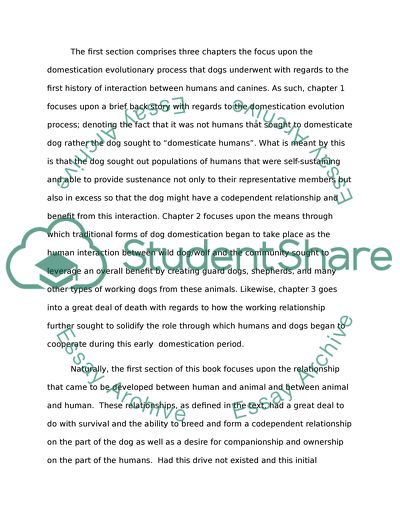Cite this document
(“The Domestic Dog: Its Evolution, Behaviour, and Interactions with Book Report/Review”, n.d.)
Retrieved de https://studentshare.org/biology/1487458-the-domestic-dog-its-evolution-behaviour-and-interactions-with-people
Retrieved de https://studentshare.org/biology/1487458-the-domestic-dog-its-evolution-behaviour-and-interactions-with-people
(The Domestic Dog: Its Evolution, Behaviour, and Interactions With Book Report/Review)
https://studentshare.org/biology/1487458-the-domestic-dog-its-evolution-behaviour-and-interactions-with-people.
https://studentshare.org/biology/1487458-the-domestic-dog-its-evolution-behaviour-and-interactions-with-people.
“The Domestic Dog: Its Evolution, Behaviour, and Interactions With Book Report/Review”, n.d. https://studentshare.org/biology/1487458-the-domestic-dog-its-evolution-behaviour-and-interactions-with-people.


